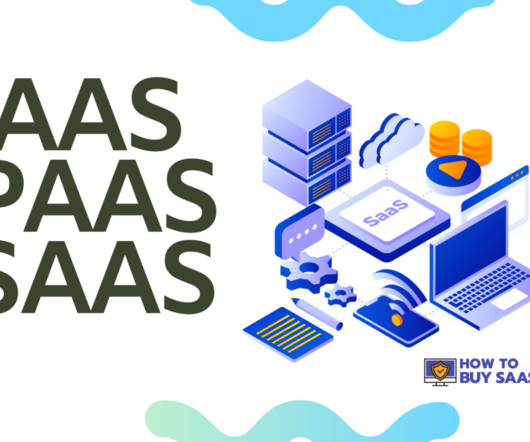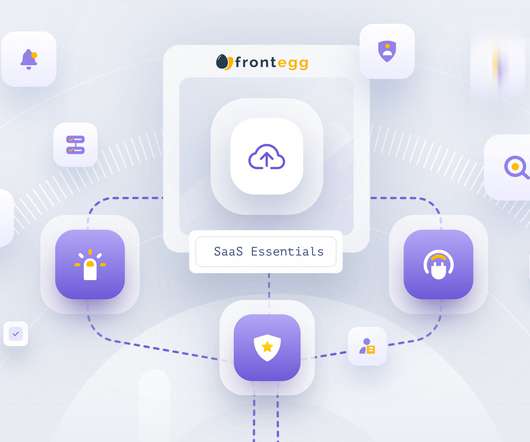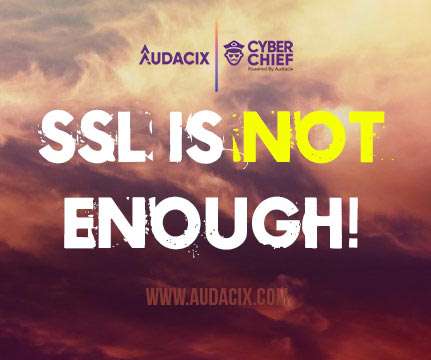IaaS PaaS SaaS: Mastering The 3 Different Cloud Service Models
How To Buy Saas
MAY 15, 2024
In today’s world, cloud computing has become very popular among businesses of all sizes because of its effective tech services. Cloud computing services have helped businesses conveniently access and utilize tools to perform different tasks. This blog delves into the three types of Cloud Computing services: IaaS PaaS SaaS.














Let's personalize your content